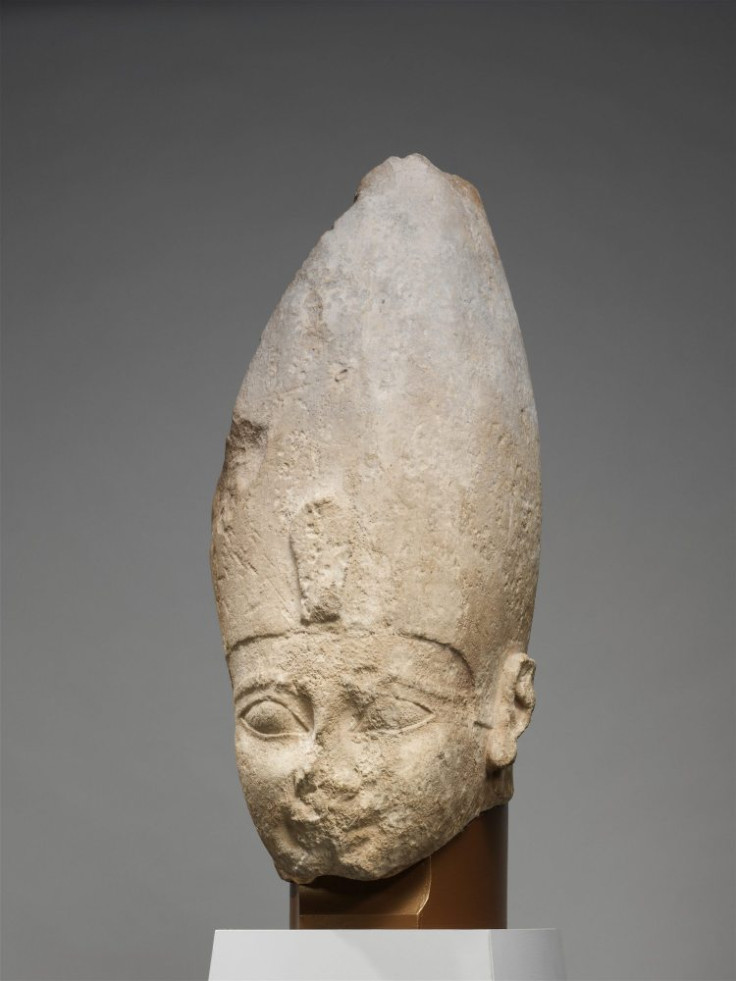World's Oldest Weather Report Found on 3500-Year-Old Stone in Egypt

A 3,500-year-old inscription on a stone block found in Egypt is what archaeologists say the oldest weather report of the world.
The inscription on a six-foot-tall calcite stone, called the Tempest Stela, describes rain, darkness and "the sky being in storm without cessation, louder than the cries of the masses," according to Nadine Moeller and Robert Ritner at the University of Chicago's Oriental Institute who have translated the 40-line inscription.
The stela's text also describes bodies floating down the Nile like "skiffs of papyrus."
"This was clearly a major storm, and different from the kinds of heavy rains that Egypt periodically receives," Ritner said in a statement.
The researchers believe the unusual weather patterns described on the slab were the result of a massive volcano explosion at Thera, the present day island of Santorini in the Mediterranean Sea.
The Thera eruption is estimated to have occurred between 1621 and 1605 BC and would likely have caused destruction in Egypt.
However, there are no concrete ancient records of the catastrophe.
If the stone's inscription truly indicates the aftermath of eruption, it would help researchers understand the impact of natural disasters on ancient civilisations.
"This new information would provide a better understanding of the role of the environment in the development and destruction of empires in the ancient Middle East," David Schloen, assistant professor of ancient cultures at the institute said.
According to researchers, the inscription could further change the chronology of events in ancient Middle East.
The stone block, found in pieces in Thebes, modern Luxor, dates back to the era of Ahmose, the first pharaoh of the 18th Dynasty whose reign marked the beginning of the New Kingdom, when Egypt's power was at its highest.
The translation of the stone's inscription suggests Ahmose ruled at a time closer to the Thera eruption.
"If the stela does describe the aftermath of the Thera catastrophe, the correct dating of the stela itself and Ahmose's reign, currently thought to be about 1550 BC, could actually be 30 to 50 years earlier," said the researchers.
"This is important to scholars of the ancient Near East and eastern Mediterranean, generally because the chronology that archaeologists use is based on the lists of Egyptian pharaohs, and this new information could adjust those dates," Moeller added.
© Copyright IBTimes 2025. All rights reserved.





















